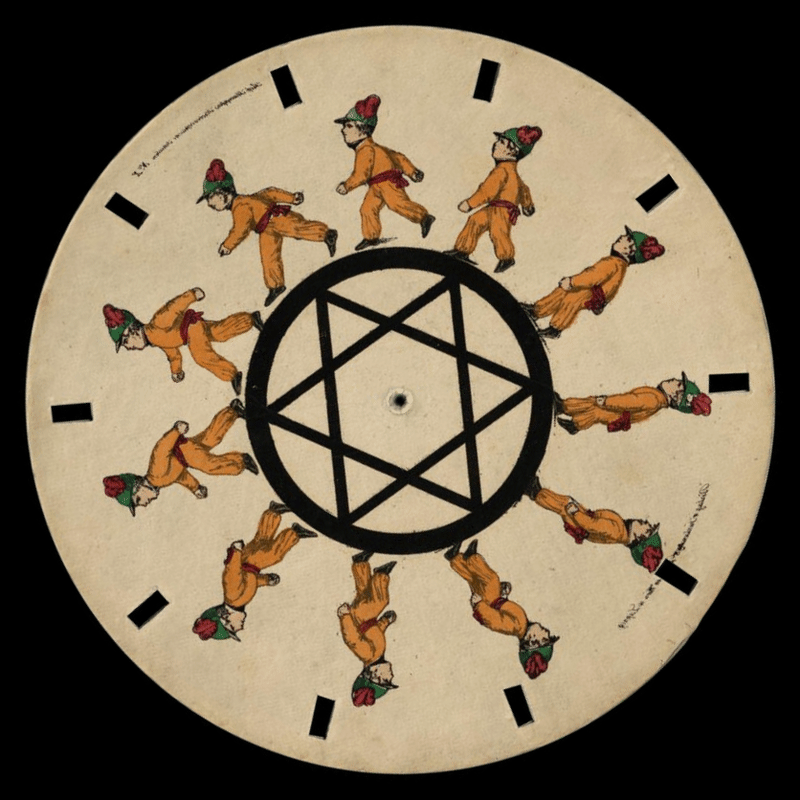|
The Clown Murders
''The Clown Murders'' is a 1976 Canadian horror film directed by Martyn Burke. It was one of the earliest films in which John Candy appears. The Executive Producer was Stephen Stohn, who later produced the '' Degrassi: The Next Generation'' TV series. Plot Four friends hatch a scheme to dress up like clowns on Halloween and kidnap a businessman's wife (Susan Keller) to prevent him from closing a land deal. Though the scheme is intended as a prank, it takes an ugly turn when real violence is used at the kidnapping. As the kidnappers deal with the fallout from their actions, it becomes apparent that an outside party (also in a clown costume) is stalking them. Cast * Stephen Young as Charlie * Susan Keller as Alison * Lawrence Dane as Philip * John Candy as Ollie * Gary Reineke as Rosie * John Bayliss as Peter * Al Waxman as Police Sergeant * William Osler as Harrison * Philip Craig as Tom Release The film was released by Astral Films in its native Canada on September 1976. ... [...More Info...] [...Related Items...] OR: [Wikipedia] [Google] [Baidu] |
Martyn Burke
Martyn Burke (born 1952) is a Canadian director, novelist and screenwriter from Toronto, Ontario. Biography Born in Hamilton, Ontario, to Freda and Les Burke who immigrated from England to Canada during World War II as part of the British Civilian Military Authority, Martyn Burke graduated from Royal York High School in Toronto, Ontario. He attended McMaster University, where he played on the football team, the McMaster Marauders, and graduated with a degree in Economics. After a brief stint working in television programming for a major advertiser, Burke paid his own way over to Viet Nam to work as a freelance journalist and photographer covering the war. His experience reporting on the Viet Nam War was the beginning of his writing and filmmaking career and served as the background for his first novel, ''Laughing War'' which was short-listed for a Books in Canada First Novel Award. In 2018, the BBC listed the Paramount Pictures film ''Top Secret!'', which Burke co-wrote, ... [...More Info...] [...Related Items...] OR: [Wikipedia] [Google] [Baidu] |
William Osler
Sir William Osler, 1st Baronet, (; July 12, 1849 – December 29, 1919) was a Canadian physician and one of the "Big Four" founding professors of Johns Hopkins Hospital. Osler created the first residency program for specialty training of physicians, and he was the first to bring medical students out of the lecture hall for bedside clinical training. He has frequently been described as the ''Father of Modern Medicine'' and one of the "greatest diagnosticians ever to wield a stethoscope". Osler was a person of many interests, who in addition to being a physician, was a bibliophile, historian, author, and renowned practical joker. Outside of medicine, he was passionate about medical libraries and medical history and among his achievements were the founding of the History of Medicine Society (formally "section"), at the Royal Society of Medicine, London. In the field of librarianship he was instrumental in founding the Medical Library Association of Great Britain and Ireland, th ... [...More Info...] [...Related Items...] OR: [Wikipedia] [Google] [Baidu] |
Films With Screenplays By Martyn Burke
A film also called a movie, motion picture, moving picture, picture, photoplay or (slang) flick is a work of visual art that simulates experiences and otherwise communicates ideas, stories, perceptions, feelings, beauty, or atmosphere through the use of moving images. These images are generally accompanied by sound and, more rarely, other sensory stimulations. The word "cinema", short for cinematography, is often used to refer to filmmaking and the film industry, and to the art form that is the result of it. Recording and transmission of film The moving images of a film are created by photographing actual scenes with a motion-picture camera, by photographing drawings or miniature models using traditional animation techniques, by means of CGI and computer animation, or by a combination of some or all of these techniques, and other visual effects. Before the introduction of digital production, series of still images were recorded on a strip of chemically sensitize ... [...More Info...] [...Related Items...] OR: [Wikipedia] [Google] [Baidu] |

